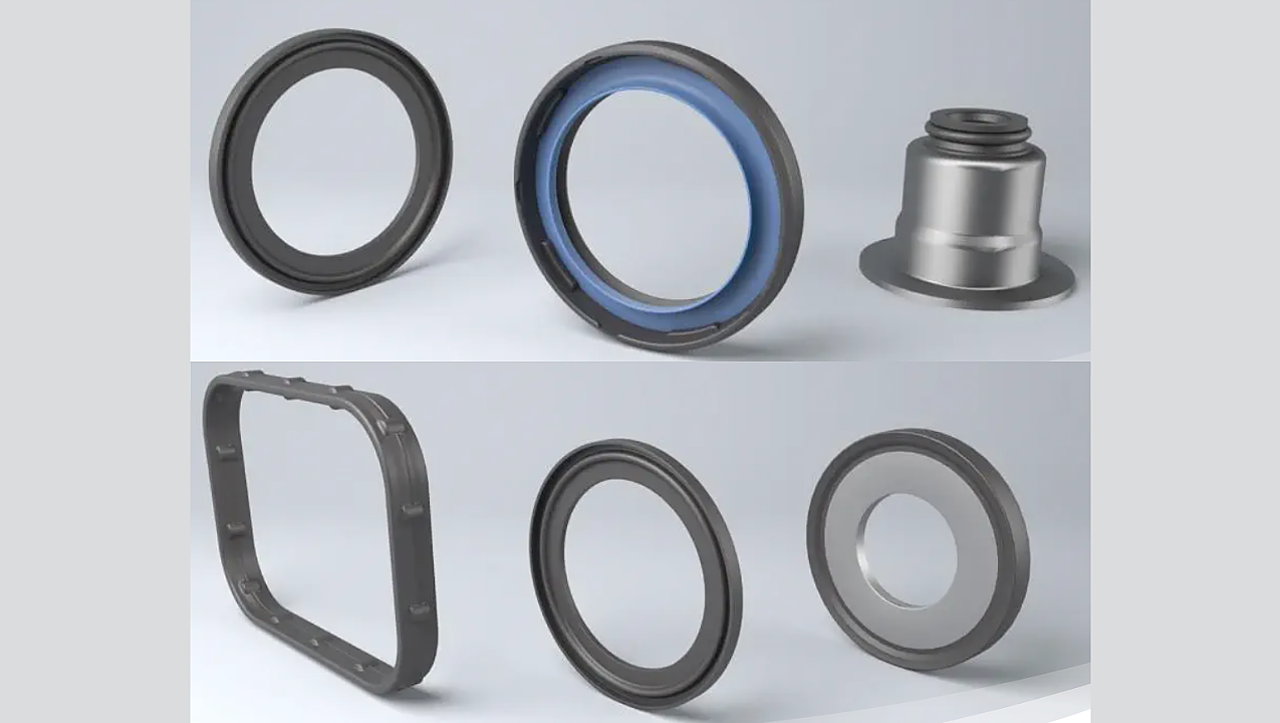
The years 2018 and 2019 were challenging for the automotive industry due to saturated demand in the developing economies. In addition, the pandemic further devastated the entire supply chain, including the demand for automobiles. As a result, the automotive seals market recorded a massive decline of -17% in 2020, crushing the market well below its 2015-market value. However, the long-term outlook still seems resilient, with good growth opportunities across regions. Overall, the automotive seals market is estimated to grow at a healthy CAGR of 4.2% over the next five years, a report from Stratview Research said.
The key players in the automotive seals market include Dana, Toyoda Gosei, Cooper Standard Automotive, Meccanotecnica Umbra, Hutchinson, AB SKF, Federal-Mogul, Flowserve, Smiths Group, Trelleborg, Elringklinger, Freudenberg Sealing Technologies and Datwyler.
According to the research firm's new report on Automotive Seals Market by vehicle type, application, material, product, motion and region - Trend, Forecast, Competitive Analysis, and Growth Opportunity: 2021-2026, the market is anticipated to reach $ 18.6 billion in 2026.
Passenger Cars
Based on the vehicle type, the passenger car is expected to remain the largest and fastest-growing vehicle type in the market during the forecast period. Therefore, huge passenger car production coupled with the growing use of seals remain the critical growth propellor of the market in the long run.
Seals serve many functions, including connecting the joints, preventing leakage, and excluding unnecessary particles. In the automotive industry, seals are used in many parts of a vehicle to fill the gap between two components to ensure no leakage between them during the compression stage. Automotive seals come in different shapes and sizes and are used in induction sealing, heating, stuffing, and adhesion of various parts in automobiles. The choice of materials to manufacture seals depends on the application and its requirements.
Seals are small but undoubtedly one of the major components, especially where there is a greater need for high-temperature resistance and excellent corrosion resistance. The selection of material is dependent on several parameters, including temperature resistance, lightweight, durability, strength, etc. Thermoplastics are gaining traction in the market because of their enormous advantages over others, the research firm said.
Body Structure
Based on the application type, the body structure is expected to remain the largest market segment in the coming five years, whereas the transmission system is likely to be the fastest-growing market segment during the forecast period. These seals are used in a broad spectrum of engine applications and are designed to withstand high temperatures.
Elastomers
Based on the material type, elastomers are expected to remain the most dominant material type in the market during the forecast period. Elastomers are a desirable material for high-performance applications owing to their good strength, durability, and effectiveness. Due to their massive array of advantages, elastomers are gaining traction in the automotive industry.
Profile Seals
Based on the product type, the market is segmented as O-rings, Gaskets, Profile Seals, Lip Seals, and Others. The dominant product type in the automotive seals market is profile seals, while the fastest-growing is lip seals, which offer various advantages over their counterparts, Stratview Research said.
Increasing awareness towards the development of vehicles offering greater fuel efficiency is also imprinting the dynamics of the seals market. As a result, there has been a paradigm shift from traditional seals to lightweight seals.
Asia-Pacific
In terms of regions, Asia-Pacific is expected to remain the largest market for automotive seals during the forecast period. This is because most seals suppliers have their presence in the region to address the emergent needs of OEMs and to partner for their upcoming automotive programmes or upcoming fuel-efficient vehicles of the existing programmes. Furthermore, the vast production base of automobiles in China, Japan, India, Korea, and Thailand assures enormous demand for seals in the region.
The market for automotive seals is gradually consolidating as major companies are performing mergers & acquisitions to gain the leading position quickly and to tap growing opportunities in this briskly expanding market, the research firm said.
Courtesy: Stratview Research. NB: Photo is representational; courtesy: Freudenberg Sealing Technologies.